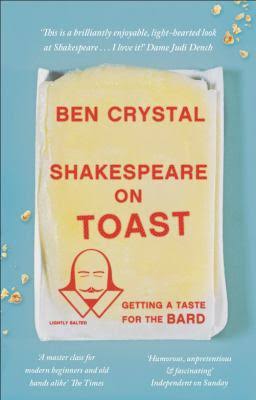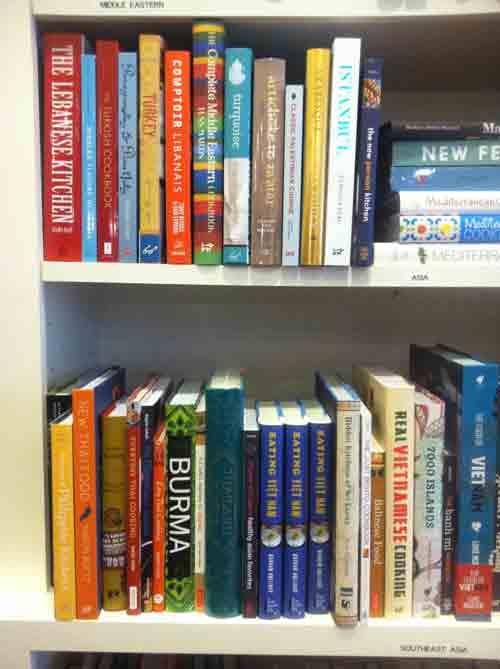Just started reading a book by Felipe Fernández-Armesto, and it is reminding me how much I love his work. So I thought I’d share a review I wrote of a previous book of his: Near a Thousand Tables: A History of Food.

Near a Thousand Tables is thoughtful, wide-ranging, iconoclastic, brilliant, elegant, and packed with fascinating, abundantly documented information. It’s an exhilarating race through the entire history of where food came from and what it means to humankind. It encompasses psychology, sociology, science, culture, literature, religion, and politics, along with its culinary history. Fernández-Armesto doesn’t shy away from anything, delving into everything from cannibalism to the raw food movement. (“Culture begins when the raw gets cooked.”)
This book is so rich in facts, history, and insights that it is difficult to even imagine where to begin describing it. Of course, he covers the transition from hunting to farming and discusses the foods that have had the biggest impact on the planet (rice, wheat, maize, sugar, and so on). But it is the scope of the work, the passion, and the insights into the significance of food that elevate it. (And he does all this in less than 300 pages!) We can almost imagine Fernández-Armesto in a lecture hall (because he does teach), his voice rising with the heat of his argument, as he holds forth on the importance of some key point, such as in the chapter “The Edible Earth” when he writes about farming.
“Whether invented or evolved, the farming of plants did more, in the long run, to alter the world than any previous human innovation. The impact of the hunters, fishers, and stockbreeders of the last chapter could not compare—not on the landscape, or on ecological structures or even on diet. … Plants are 90 percent of the world’s food. Plant farming still dominates the world’s economy….We still depend on it absolutely. It is the basis of everything else.”
Fernández-Armesto joyously explodes a lot of popular myths. For example: “The idea that the demand for spices [during the Middle Ages] was the result of the need to disguise tainted meat and fish is one of the great myths of the history of food. It is more likely that fresh foods in the Middle Ages were fresher than today, because locally produced, and that preserved foods were just as well preserved in their different ways—by salting, pickling, desiccating and conserving—as ours are in the age of canning, refrigeration, and freeze-drying (a technique which, by the way, was known in antiquity and developed to a high degree by Andean potato growers in what we think of as the Middle Ages).” Or “It was probably pigs and horses, not people, that took, to the New World from the old, the diseases that began the precipitate collapse of Native American populations” (he notes, as he explains why herding is more dangerous to humans than hunting). Or even, “More than 50 percent of those with afflicted hearts do not have high cholesterol counts.”
He worries about our relationship with food. He notes that, “The loneliness of the fast food eater is uncivilizing. Food is being desocialized.” He observes that the health-obsessed and food faddists share in common with cannibals the tendency to take their meaning from what they eat. He frets over what the microwave is doing to our dining habits, and opines, “Readers who could have Brillat-Savarin settle for the Williams-Sonoma catalogue.”
The book sweeps from “The Invention of Cooking: The First Revolution” to “Feeding the Giants: Food and Industrialization in the Nineteenth and Twentieth Centuries,” scooping up “The Meaning of Eating: Food as Rite and Magic,” “Food and Rank: Inequality and the Rise of Haute Cuisine,” and “Challenging Evolution: Food and Ecological Exchange,” among other topics, as he whirls through the millennia, weaving together a tapestry of what food has meant to our world and what it means to us now.
This is not breezy writing. It is the kind of dense, rich, juicy prose that we language arts majors relish. But if you love rich writing, as well as rich food, this book is a real treat.


 First Folio
First Folio 














